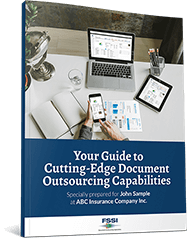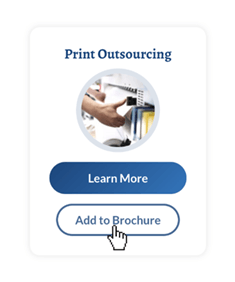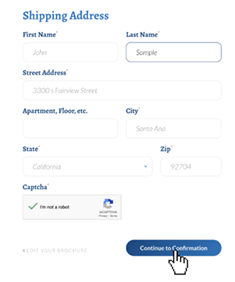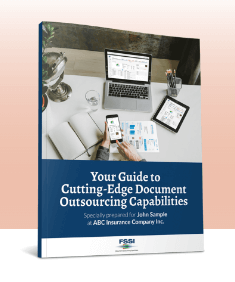Myth Vs. Fact – Should We Get Rid of Paper Packaging
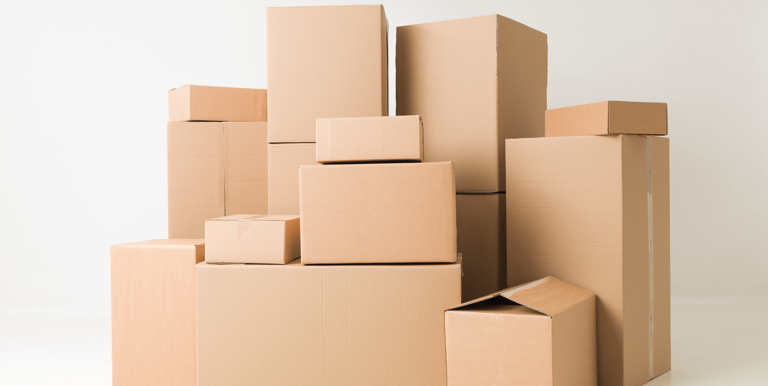
Should We Stop Using Paper and Paper Packaging?
Paper-based packaging is not only made of recycled material but it can also be recycled and has an excellent environmental record. The primary function of packaging in all its forms; plastics, tins, glass, and paperboard are to protect goods while in transit, storage, and distribution. It prevents waste through breakage, spoilage, and contamination, and extends product shelf life. A secondary, but important purpose is to provide consumer information about the product and help with brand identity and differentiation. Minimizing waste, particularly food, is a vital global challenge. As a result of efficient packaging, product damage in transit remains below 5% in the developed world whereas, in the developing world wastage rates can be as high as 30%.
The Myth: Packaging is wasteful and unnecessary
The Fact: Paper-based packaging protects goods, reduces waste, and is recyclable.
Many activists feel that we should eliminate paper-based packaging for the sake of the environment but the use of renewable and reusable materials reduces paper and paper packaging’s carbon footprint.
Sustainability Facts About Paper and Paper Products?
- Cardboard boxes are made from a renewable resource. Likewise, their strength-to-weight ratio provides superior product protection along with cost-savings and efficiencies throughout the supply chain.
– Packaging World, 2013
- A recyclable CCB box system is a more environmentally friendly option than the reusable HPDE plastic crate system. This is based on a study that compared the life cycle environmental impacts of plastic and corrugated boxes.
– Koskela, S. et al., 2014
- “Most boxes manufactured in Canada are made from 100% recycled material: old boxes collected from the back of supermarkets and factories or from curbside.
– CorrugatedBoxesCanada.org, 2015
- Greenhouse gas emissions of U.S. corrugated products declined by 32% between 2006 and 2010 due to increased recycling and more renewable energy use at paper mills.
– National Council for Air and Stream Improvement, 2014
- Today, we recycle more paper packaging than any other packaging material. This is according to the U.S. Environmental Protection Agency (EPA). Supermarkets lead the recovery efforts on this. Most stores recover nearly all of their used corrugated packaging in backroom balers. After that, bales of corrugated are then sold to generate revenue.
– Canadian Corrugated and Containerboard Association, 2014
Thank you for reading the Myth vs. Facts About Paper, Printing, and the Environment paper series.
You are reading part 8 of our Myths Vs. Facts About Paper, Printing, and the Environment series. To view the full series, please read Myths vs. Fact Part One: The Paper and Packaging Industry is Destroying Forests.
FSSI
FSSI is a national, WBE-Certified document outsourcing company. The company was among the first print-mail outsourcing companies to integrate sustainability practices into regular business operations. FSSI has been doing electronic messaging and hosting for over 20 years. Almost all our data comes to us electronically. We allow our clients to tell us about their customers’ preferences when it comes to delivery channels.
In addition, we pride ourselves on our recycling practices. We have recycled or responsibly disposed of tons of reusable waste. Waste that includes paper, wooden pallets, electronics such as computer monitors, and other office equipment. For its work in reducing energy consumption, the company earned Trane North America’s “Energy Efficiency Leader Award.” FSSI also participates in the Carbon Disclosure Project (CDP), keepers of the world’s largest corporate emissions and climate change database, and recognized leader in greenhouse gas reporting. Visit the sustainability practices page to learn more about its ongoing commitment to environmental stewardship.

Sources
Two Sides U.S., Inc. (2013). Print and Paper Myths and Facts [Brochure]. Author. Retrieved from http://www.twosidesna.org/
